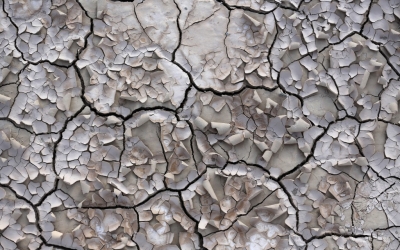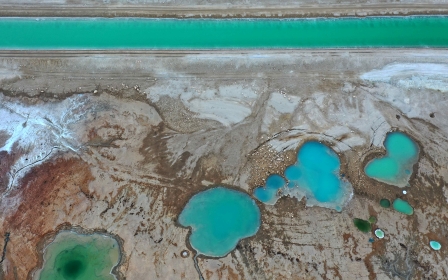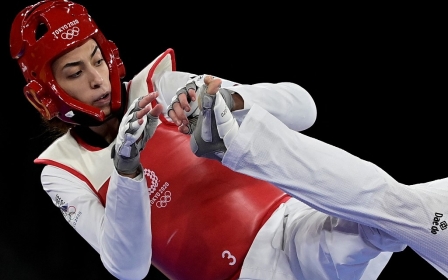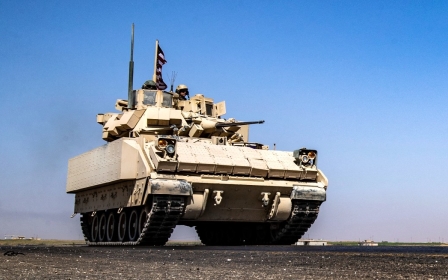Iran riot police arrests scores in Isfahan water protests
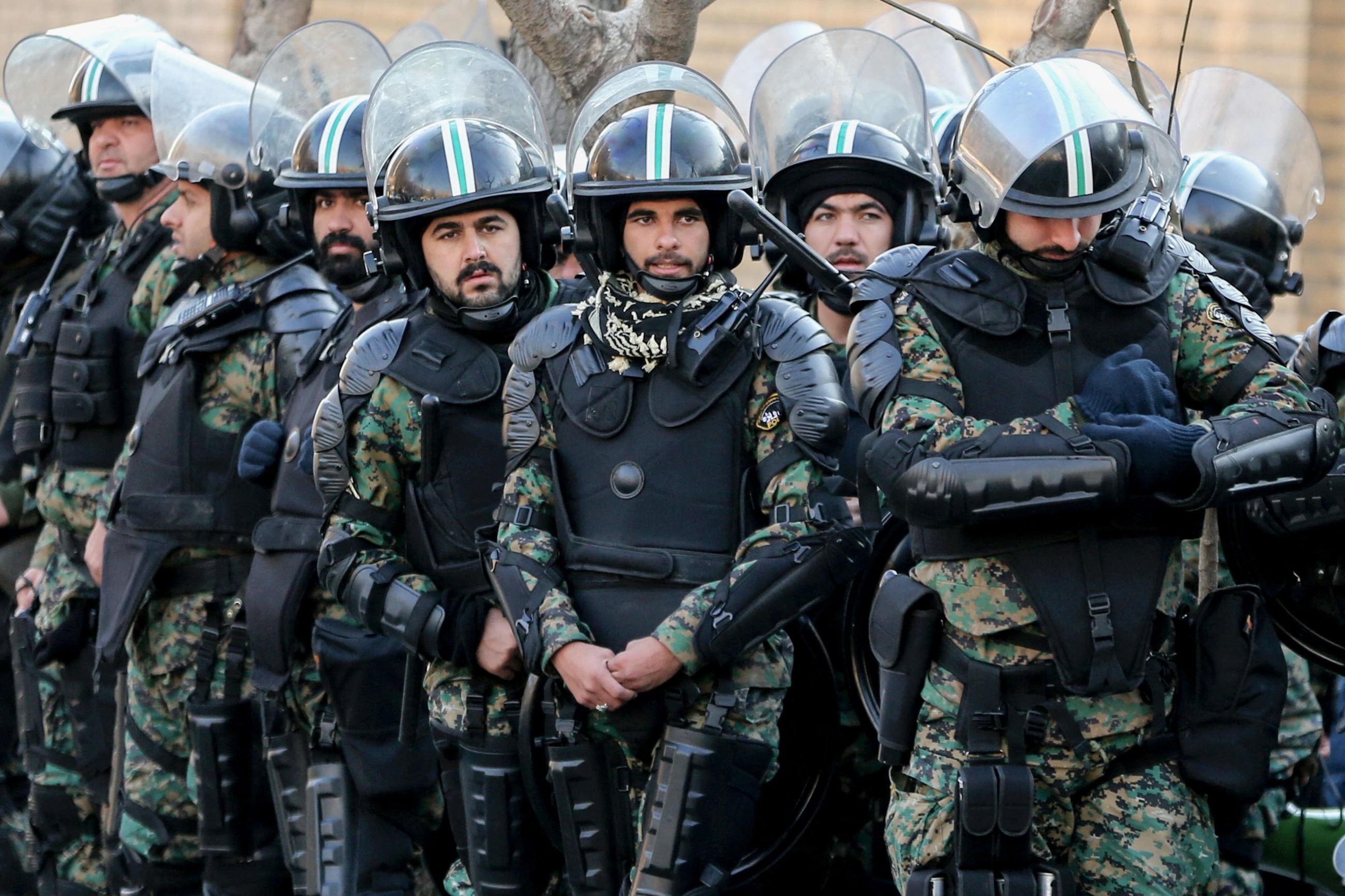
Iran's riot police were deployed in force in the city of Isfahan on Saturday, a day after dozens were arrested during protests over the drying up of a river.
Security forces fired tear gas on Friday at demonstrators, who threw stones, during a protest in the dry bed of the Zayadneh Rood river that crosses the city, Fars and ISNA news agencies said.
"We have arrested 67 of the main actors and agitators behind the troubles," police General Hassan Karami said on Saturday. He said between 2,000 and 3,000 "rioters" took part in the protest.
On Saturday, the situation was "calm" and streets empty, with riot police deployed on the city's Khadjou bridge, an Isfahan city resident told AFP.
The Friday demonstration against water shortages was the latest since protests kicked off on 9 November in Isfahan, some 340 kilometres south of Tehran, a tourist magnet due to its majestic mosques and heritage sites, including a historic bridge across the river.
But it was the first to turn violent.
Between 30,000 and 40,000 farmers and city residents turned up for the gatherings last week, Karami estimated.
The riverbed has been the rallying spot for farmers and other demonstrators coming from across the Isfahan province since 9 November.
Hunting rifles
While drought is one reason why the river is drying up, protesters also accuse authorities of diverting water from the city to supply the neighbouring province of Yazd, which is also desperately short on supplies.
"I used to walk along the riverbed with friends, but today the riot police are deployed in large numbers near the Khadjou bridge and they are asking people to avoid the area," a woman in her 50s told AFP.
During the clashes on Friday, some people set fire to objects in the city, Fars and ISNA reported.
"After the farmers left, the opportunists and counter-revolutionaries were left behind, which made it easy for the security apparatus, especially the police, to identify and arrest those who destroyed public and state property," Isfahan police chief Mohammad-Reza Mirheidari said on television.
Members of the security forces were hit by fire from hunting rifles, he said, without specifying how many, and one of them was stabbed, although his condition was not believed to be critical.
A Fars journalist said two bulldozers were used to destroy a pipe taking water from Isfahan province to Yazd.
"Among the injured demonstrators, two are in a serious condition," Nourodin Soltanian, spokesman for Isfahan University of Medical Sciences, told the Mehr news agency on Saturday.
Recently, there have been near-daily protests in the region of Isfahan, which has been particularly hard-hit by drought.
On Saturday, the ultra-conservative daily Kayhan pointed the finger of blame for the violence at "mercenary thugs", whereas the pro-reform Etemad said the protests in Isfahan showed a "lack of trust in the government".
Last Sunday, more than 1,000 people marched towards the governor's office in the western province of Chahar-Mahal Bakhtiari to demand a solution to water shortages, state media reported.
According to Fars, farmers and local authorities struck a deal on Thursday about water distribution.
President Ebrahim Raisi met with representatives from the provinces of Isfahan, Yazd, and Semnan, earlier this month and vowed to resolve water issues.
Iran's supreme leader Ayatollah Ali Khamenei has said the topic is the country's top problem, without making reference to the protests.
Middle East Eye propose une couverture et une analyse indépendantes et incomparables du Moyen-Orient, de l’Afrique du Nord et d’autres régions du monde. Pour en savoir plus sur la reprise de ce contenu et les frais qui s’appliquent, veuillez remplir ce formulaire [en anglais]. Pour en savoir plus sur MEE, cliquez ici [en anglais].


